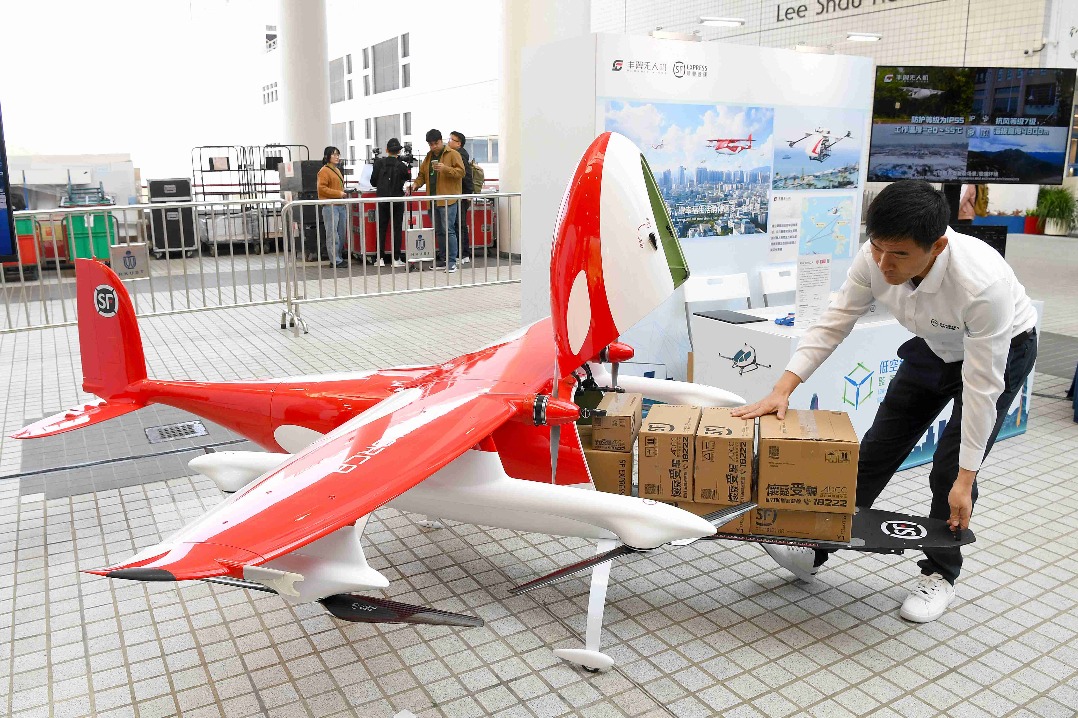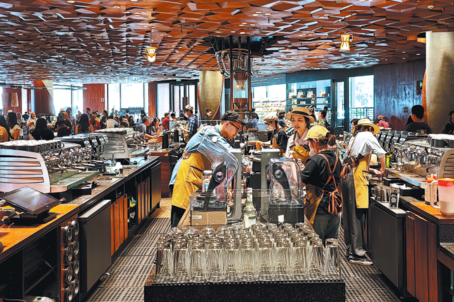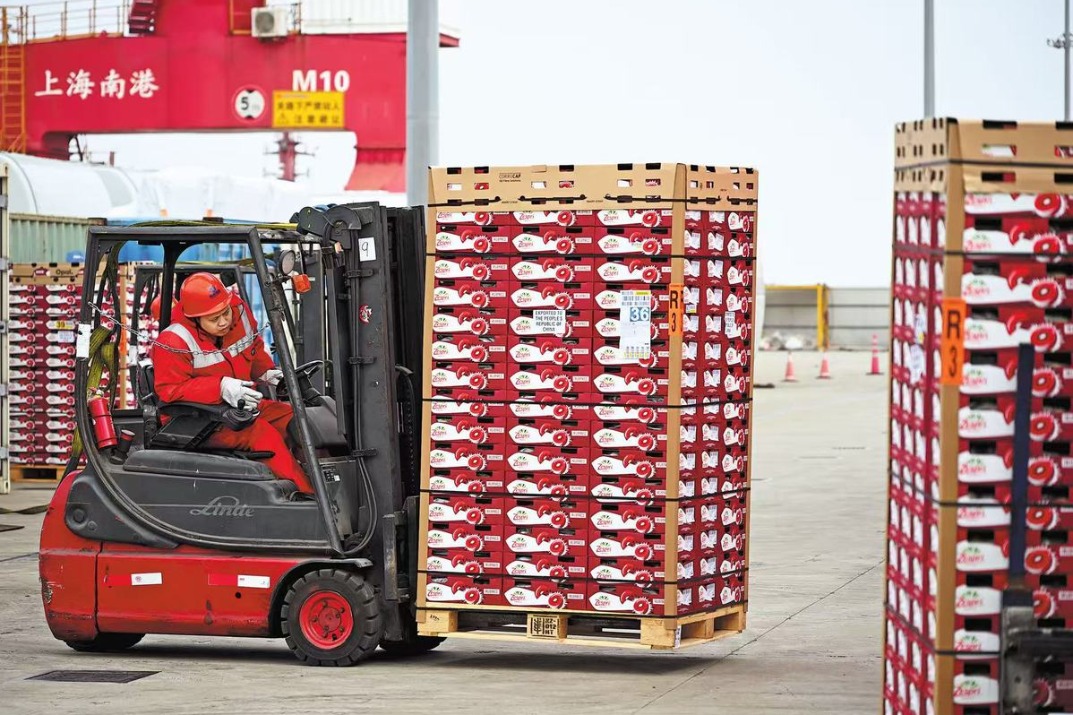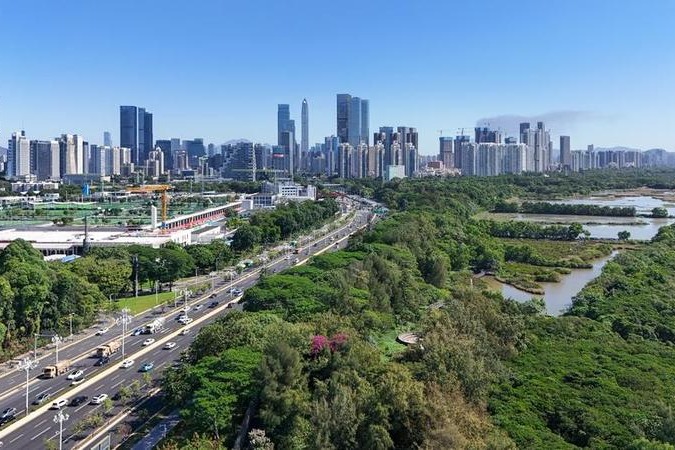Helping companies tackle skyrocketing costs


As supply constraints partly ease with normalized global supply chains and the fading of one-off events, China is expected to see the year-on-year growth in the producer price index, or PPI, which gauges factory-gate prices, moderating from the second half of the year, after peaking in the second quarter, he said.
China reported the highest year-on-year PPI growth in more than three years of 6.8 percent in April, upon a steady recovery in domestic production, rising international prices of commodities, and a low comparison base, according to the National Bureau of Statistics.
The year-on-year growth in the consumer price index, or CPI, a major gauge of inflation, however, stayed low at 0.9 percent in April. The number was up from 0.4 percent in March but far below the government's annual target of around 3 percent, as the falling price of pork, a main component of China's consumer price basket, has buffered the rising prices of services and home appliances, the NBS said.
Gerwin Bell, lead economist for Asia on the global macroeconomic research team at PGIM Fixed Income, a global asset manager, said the higher commodity prices may continue to impact China primarily with respect to producer prices but leave the broader consumer inflation largely intact.
"We don't think higher commodity prices will play a major role in broad consumer price pressures, especially if cautious credit policy and attempts to mitigate financial risks continue to dampen aggregate demand pressures (on inflation)," he said, adding that there is no imminent need of monetary tightening in China amid a still sluggish recovery in domestic demand.
Growth in consumption and growth in investment in China have yet to recover to pre-pandemic levels, with retail sales growing by 4.3 percent on a two-year average basis in April, versus 6.3 percent in March, according to the NBS.
The prudent stance of the People's Bank of China, the central bank, that has avoided excessive liquidity injection in face of COVID-19, also helped stifle major inflationary risks in China, experts said.
In its first-quarter monetary policy report, the PBOC said that the country's "reasonable and appropriate" monetary conditions will go together with a generally balanced demand-supply relationship in the economy to lay the foundation for a stable price situation.
"The market is expecting that US infrastructure programs will take place but seems to ignore when," Pang of ING said, adding that it still takes time, which could span even for years, for the US to formulate the infrastructure construction programs.
Prices of commodities may pull back when investors realize that the programs may not take place this year, leaving a sustained spike in global inflation unlikely and supporting her projection that China's annual CPI growth will land at a mild level of 2.5 percent, Pang said.
Though major inflationary risks are at bay in China, officials and experts still stressed the need to deal with the pressure of rising commodity prices on businesses and stabilizing the prices of basic goods for households.
While the rising commodity prices may benefit big mining companies, downstream sectors including manufacturers and consumers will bear the higher costs, according to Sycamore.
"Prices of key commodities and industrial components, as well as the fluctuating foreign exchange rate, have made our operations and contracts more risky. We have to resort to some financial derivatives to hedge risks," said Li Xiansheng, general manager of the Africa business of Aux Group, a manufacturer of air conditioners.
The prices of refrigerators, televisions and washing machines have gone up in the domestic and global markets this year, and there will be more price hikes in the air conditioner industry in the second half of the year, Li said.
"The volatile prices of raw materials have made it harder for companies to predict and control costs as well as to price their products, heightening risks faced by business operations," said Zhao Xin, vice-president of Beijing Jianlong Heavy Industry Group Co Ltd, a conglomerate engaged in mining, smelting, manufacturing and other businesses.
In response to the surge in international prices of mainstream iron ores based in Australia and Brazil, the company has taken multiple measures to diversify sources of ore supply, including boosting the purchase and mining of domestic ores, increasing imports of non-mainstream ores from Russia and Mongolia, and making use of more scrap steel, she said.
At a meeting held on April 30, the Political Bureau of the Communist Party of China Central Committee, the Party's core leadership, has stressed the need for safeguarding the supply, and stabilizing the prices, of goods critical to peoples' living.
Premier Li Keqiang reiterated at a State Council executive meeting on May 12 that the government should closely follow the situation at home and abroad and enhance market regulations to cope with the rapid rise in commodity prices and its effects.
Experts said voices at the high-level meetings have signaled that the country may further reduce related taxes and fees, boost domestic production of commodities, and encourage the use of hedging tools, among other measures, to help enterprises tackle the rising cost of commodities.
Meanwhile, the PBOC is expected to stay with the "no sharp turn "commitment, with an interest rate hike unlikely this year while structural financial support to hard-hit sectors and small businesses will likely be sustained, they said.
So far, the government has taken measures like reducing tariffs on some steel products to trim the costs of imports facing enterprises, while domestic exchanges have raised trading margins and commissions on some commodity futures to cool down speculation.




































